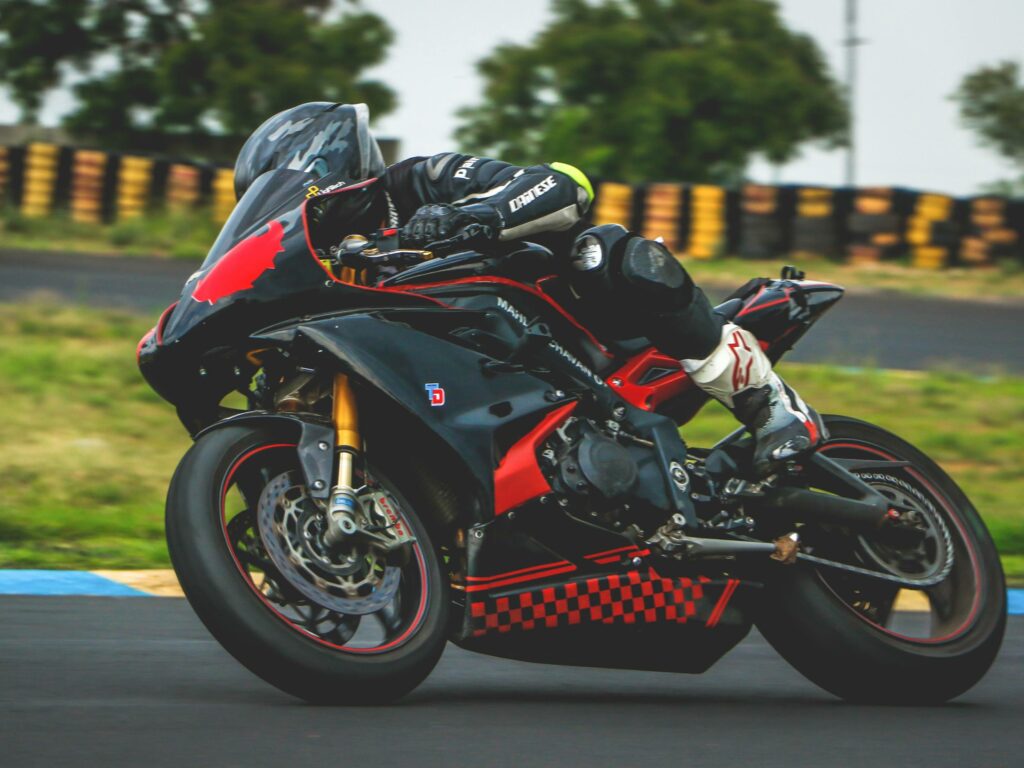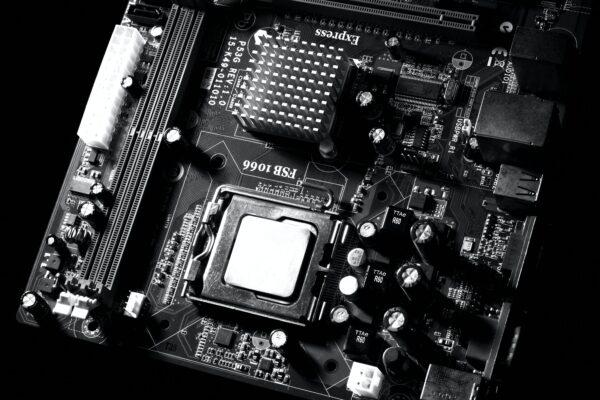
Electronics and their key role in determining the MotoGP champion
In 2019, motorcycle racing acquired a new modality, the competition of electric motorcycles. And it is that, with the evolution of electric technology in street touring, there has been a desire to give a twist to this technology and introduce it into the world of competition, both in Formula E and MotoE. In this context, to what extent is electronics important in a racing motorcycle, and can it make a motorcycle a champion?
As the person in charge of the electrical and electronics department of the Motostudent team at the Public University of Navarra (UPNA), whose goal is to design and compete with a 100% electric motorcycle, I can state unequivocally that it is one of the most important departments of the bike. Let’s say that the electronics is the “brain” that moves the bike through the different signals and orders.
One of the main functions of the electronics in the bike is telemetry, which is the technology that measures at all times the behaviour of the bike in motion and informs us, the engineers, of the different control points that we want to observe the motorcycle: What role does the pressure in the wheels? The speed? The stiffness of the suspension? The torque that the bike exerts when you give “gas”? I could go on with a host of other important parameters to consider when designing a competitive bike. And all of them are controlled by electronics. To take one of the biggest MotoGP teams as an example, we find Ducati, which incorporates up to 80 sensors in its “Desmosedici GP” bike, or the Cupra TCR touring car, which has 55 sensors.
All the information received is stored in a memory and then analyzed to draw conclusions. This phase is fundamental to establish the appropriate improvements and to achieve a total symbiosis between the rider and the bike, which is essential to obtain good results.
On the other hand, there is the circuit called MCU (Motor Control Unit), which is an electronic circuit that is responsible for making the pre-start of the bike. This circuit or card is of mandatory implementation and is a safety element, which allows to follow a sequence of acts that cause the isolation between different components of different electrical potential.
Therefore, it can be stated that if electronics is not the most important technology of the motorcycle, it does play a crucial role. This conclusion is due to the daily work with telemetrized equipment and the rest of the industrial technology that needs to be parameterized to check its operation, and that we design at IED. This ranges from the different field elements placed in photovoltaic plants, through the safety lights in wind turbines, to the smallest technology that covers every millimeter of irrigation in a crop field.
The motorcycle is another example of the importance of control technology and telemetry in the industrial sector, both for occupational safety and for data analysis or for the correct operation of the system. That is why from IED we design and add this type of control in our equipment.




